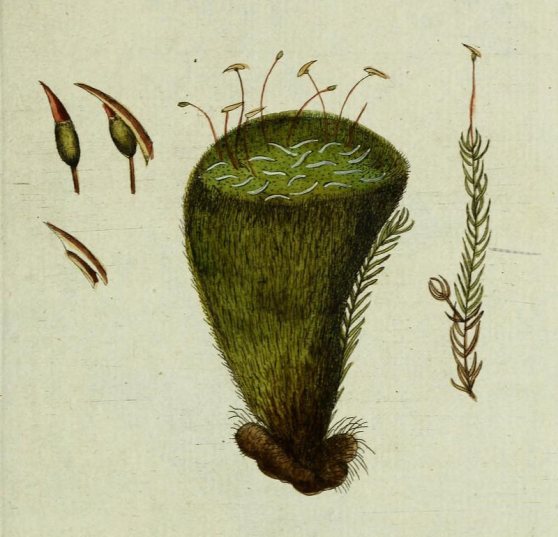Seven Worlds, One Planet is a documentary series from the BBC Natural History Unit. The seven-part series, in which each episode focuses on one continent, debuted on 27 October 2019 and is narrated and presented by naturalist Sir David Attenborough. Over 1,500 people worked on the series, which was filmed over 1,794 days, with 92 shoots across 41 different countries. (wiki)
Tag Archives: Andes
922 – A Beautiful Planet (2016 documentary)
 A Beautiful Planet is a 2016 American documentary film that explores Earth by showing IMAX footage that was recorded over the course of fifteen months by astronauts aboard the International Space Station. The filmmakers who created the movie and the astronauts who filmed it and starred in it intended to help viewers experience the awe and wonder that come from looking down on our planet from space. It is narrated by Academy Award winning actress Jennifer Lawrence; she has called A Beautiful Planet “a love letter to Earth.”
A Beautiful Planet is a 2016 American documentary film that explores Earth by showing IMAX footage that was recorded over the course of fifteen months by astronauts aboard the International Space Station. The filmmakers who created the movie and the astronauts who filmed it and starred in it intended to help viewers experience the awe and wonder that come from looking down on our planet from space. It is narrated by Academy Award winning actress Jennifer Lawrence; she has called A Beautiful Planet “a love letter to Earth.”
The film also examines some of the daily experiences of the astronauts, who represent the respective space agencies for the United States, Russia, Europe, and Japan. This multinational crew lives and works on the Space Station, an orbiting symbol of cutting edge technology and peaceful international cooperation which is presented as “a truly awesome example of what we can achieve when we work together.” (wiki)
A_Beautiful_Planet#The_big_picture
A_Beautiful_Planet#Spaceship_Earth
A_Beautiful_Planet#Exoplanet_Kepler-186f
287
665 – The Botany of Desire (2009 documentary )

The Botany of Desire is a two-hour program broadcast by PBS based on The Botany of Desire: A Plant’s-Eye View of the World is a 2001 nonfiction book by journalist Michael Pollan. Pollan presents case studies that mirror four types of human desires that are reflected in the way that we selectively grow, breed, and genetically engineer our plants. The tulip, beauty; marijuana, intoxication; the apple, sweetness; and the potato, control.
The stories range from the true story of Johnny Appleseed to Pollan’s first-hand research with sophisticated marijuana hybrids in Amsterdam to the paradigm-shifting possibilities of genetically engineered potatoes. Pollan also discusses the limitations of monoculture agriculture: specifically, the adoption in Ireland of a single breed of potato (the Lumper) made the Irish vulnerable to a fungus to which it had no resistance, resulting in the Irish Potato Famine. The Peruvians from whom the Irish had gotten the potato grew hundreds of varieties, so their exposure to any given pest was slight.
0455
spacetime coordinates: 19th-century England, Yorkshire > the Amazon and its tributaries > the Andes of Peru and Ecuador
Richard Spruce and the Trials of Victorian Bryology


“Pushing against its scientific reputation as downright boring, moss in particular served to create some botanical, aesthetic sense of a setting that allowed for illicit sexual encounters and for primal yearnings. The reasons for this strange dual identity of bryophytes as both mundane and as primal are relatively clear: realistically, moss provided a soft bed for sexual romps that had to take place outside of stuffy Victorian homes. Serving, perhaps predictably, as a slang term for pubic hair, moss was understood to be consistently moist and jewel-like, glittering like emerald colonies under light. (…) Although tropes of sexual encounters occurring in gardens and forests far predated the nineteenth century, both realistically and literarily, these hidden moss grottoes conjured up an image of something semi-religious, some secret refuge from the trials of urban — and overwhelming imperial tropical — life.”

























